General description
Vehicle interior lights are designed to provide adequate and convenient illumination for function, comfort, and safety. Interior lighting for a car or truck may comprise dome lights, courtesy lights, reading and map lights, glovebox lights, trunk lights, dash lights, and footwell lights. Road and railway passenger vehicles have two longitudinal rows or a center mount row of overhead lights which provide the primary lighting for the seating area as well as the aisle. Flush-mounted ceiling light fixtures are mounted in vestibules, toilet rooms, hallways, above upper-level luggage racks, and in other non-seating areas. Lighting is also provided from above stairways or on the sidewall of stairways. Passenger reading lights are usually mounted in adjustable gimbal assemblies that allow for individual directional adjustment.
A vehicle interior light is used to provide one of the layers of lighting, which include ambient lighting, task lighting, and accent lighting. Task lighting is universally provided to illuminate an area for a specific task by providing a focused, localized beam of light. Also known as general lighting, ambient lighting is typically provided inside passenger vehicles to fill in shadows and enable the use of the space for moving around in the space, and other basic visual recognition. Accent lighting is used to create visual interest and highlight aesthetic features.
New technology has established its dominance
Vehicle interior lighting used to be the realm of incandescent and fluorescent light sources but now jumped on the LED bandwagon to leverage the impressive benefits of solid state lighting technology. Through radiative recombination of electrons and holes within the active region sandwiched between the heterostructure semiconductor layers, LEDs offers significantly higher efficiency over traditional light sources in conversion from electrical to optical power.
Achieving the required quantity and quality of illumination at the lowest possible energy input is of high significance for battery-powered vehicle lighting systems. Injection electroluminescence within semiconductor packages also gives exceptional reliability and durability to the light source. In particular, its solid state nature contributes to greater resistance to shock and vibration which are intrinsic to vehicle lighting. Control capabilities set LED lighting apart. LEDs are fully dimmable, instant-on, and robust against high frequency switching. This capability allows to program and control lights through connectivity with sensors, controllers and networks.
The ability to engineer the spectral composition of LEDs, both statically and dynamically, enables optimization of color qualities and customization of lighting effects that were not feasible with previous lighting technologies. The small size of LEDs allows creation of lighting systems with very small physical volumes or low profiles and enables integration of lighting directly into a surface or structure.
Types of vehicle interior lights
LED lights for vehicle interiors take various forms depending on the type of application and the mounting position. Task lights such as reading lights are typically directional spotlights that focus a fairly narrow beam of light in a specific direction. Ambient lights installed in passenger vehicles are integrated linear fixtures or flush mount lights which cast diffused light throughout the interior space, without distracting glare and shadows. In cars and trucks, ambient lighting is provided by dome lights and accessory lights. Accent lighting is all for aesthetics but contributes to the ambience as well. The transition from conventional lighting to LED lighting is accomplished using retrofit LED lamps. Today’s LED lights are integrated LED systems which are designed to accommodate the LEDs, rather than LED lamps.
The performance, efficiency and reliability of LEDs are interdependent upon the thermal, optical, and electrical system applied. Integrated design shortens the thermal path to a minimum, which greatly enhance thermal management. Custom optics designed for specific types of LEDs or arrays enable higher efficiency light extraction and more effective light distribution compared those with lamp-based systems. Package-level source integration results in dramatically reduced physical volumes of light fixtures and enables unobtrusive implementation of lighting. Not only are compact LED downlights and ultra-thin LED strips and light bars available for effortless integration into the car interior decor, edge-lit technology enables a low profile design for overhead ambient lights, which maximizes headroom for road and railway passenger vehicles.
The world of vehicle interior lighting keeps getting more innovative
Vehicle interior lighting is no longer only about function and aesthetic. LED technology lends electric lights the ability to drive the positive psychological and physiological interaction between light and humans. The excellent intensity and color controllability of LEDs allows lighting to simultaneously take into account the requirements for good vision as well as emotional and biological needs. Dynamic RGB, RGBA, RGBW, or RGBWA LED lighting systems can adjust to support human psychology which is related to the attractiveness, atmosphere and ambience of the environment.
The use of tunable white LED systems enables human-centric lighting (HCL), which engages with human physiological responses by synchronizing passengers’ circadian rhythms to the 24-hour rhythm of the ambient changes. A tunable white LED system modulates the color temperature of white light, with luminous intensity controlled independently. Both dynamic color and tunable white lights are multi-channel LED systems in which the LEDs are arranged in series in multiple string configurations and the LED strings can operate independently of each other. HCL is typically provided by ambient lighting systems. Dynamic color systems can call out any color within a gamut defined by the light sources used in the system. They are more commonly accessory lights such as flexible strips, light bars and pod lights.
Addressing complexity of LED operation and application environments
LED lights are complex systems that deliver technological benefits only when all their constitutive parts work in unison enable the LEDs to thrive under environmental and operational stresses. The rate at which the LEDs deteriorate in efficiency and color stability is highly dependent on thermal management. The presence of high vibration stresses in automotive applications calls for higher reliability solder joints between LED packages and printed circuit boards. The current regulation requirement imposes tight control on the drive current provided to the LED load. Along with high efficiency power management under wide supply voltage variations, electromagnetic compatibility (EMC) is one of the greatest challenges to driver circuit design.


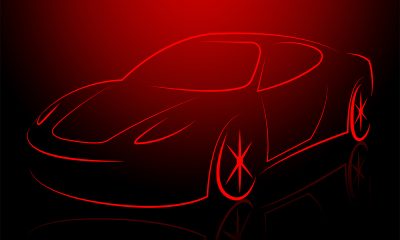



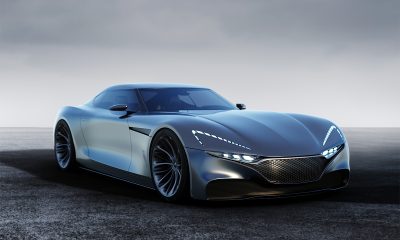
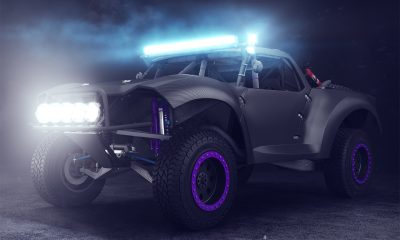
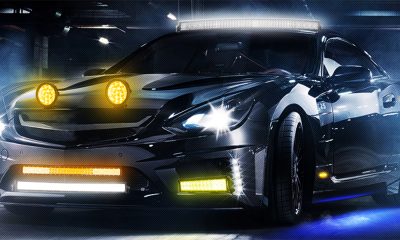
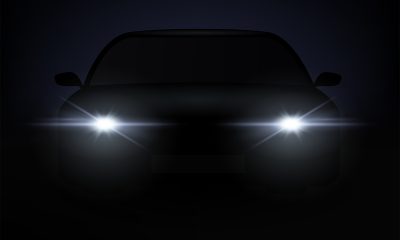
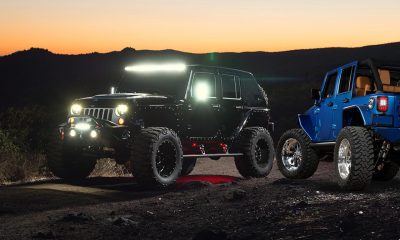
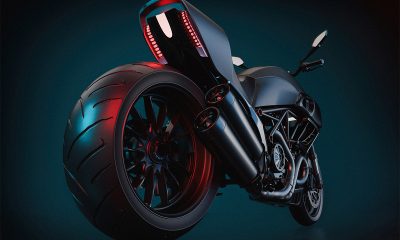
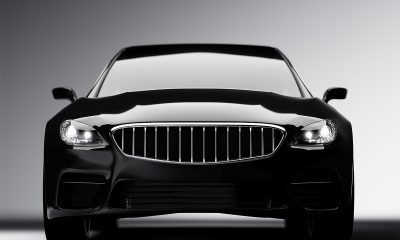






Loading...